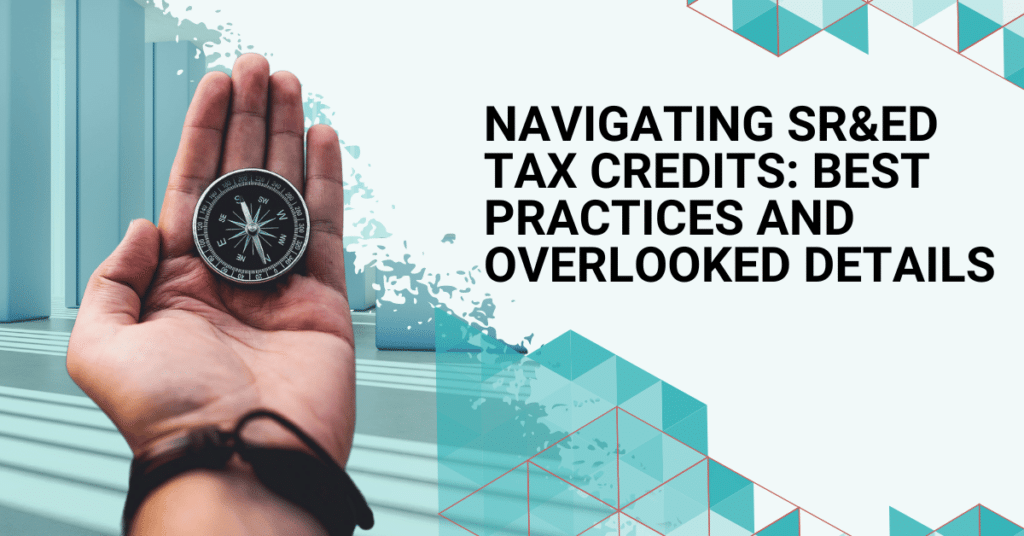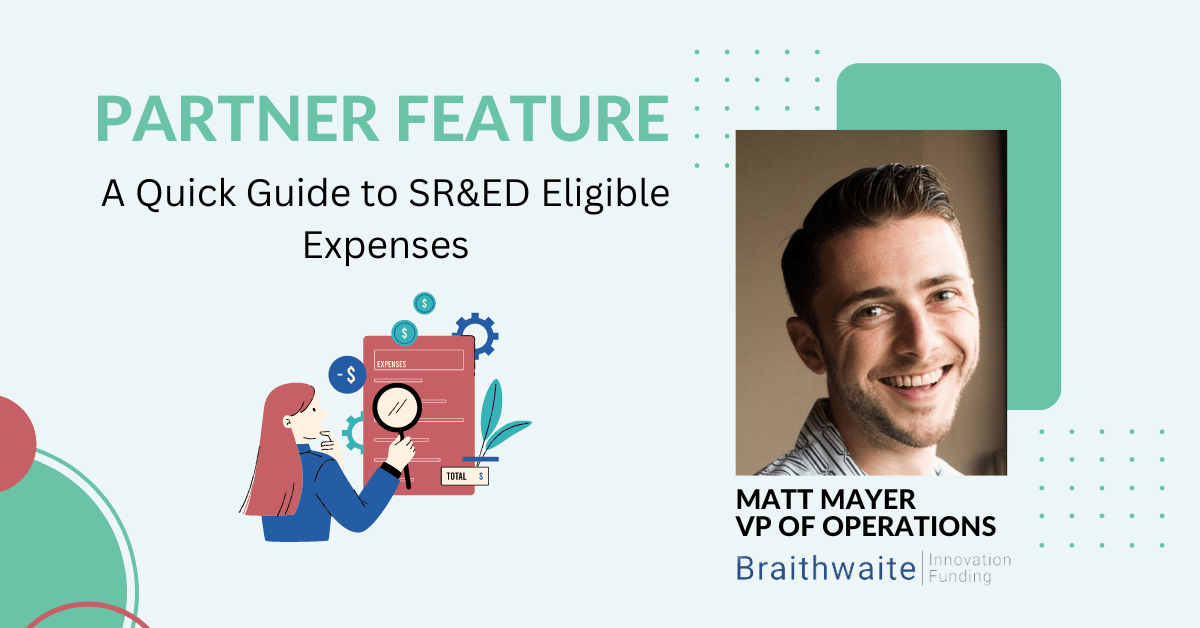Businesses engaged in research and development (R&D) activities should prepare for filing their Scientific Research and Experimental Development (SRED) claims well before their year-end. Understanding best practices and addressing commonly overlooked details is key to making the most of SR&ED tax credits in Canada.
Below, we will cover some best practices and overlooked factors associated with filing an SR&ED claim, including how to write an SR&ED report and what to include in your technological narrative. We’ll also explain how Venbridge can support your R&D efforts and get you access to funding faster with SR&ED financing. Continue reading to find out more.
Why SR&ED Matters in Canada
Canada’s SR&ED program is a critical driver of innovation and R&D activities within the country. The SR&ED program offers businesses significant financial support through refundable and non-refundable tax credits. Each year, the SR&ED program administers over $3 billion in tax credits to more than 20,000 claimants, many of whom are small businesses.
SR&ED is designed to support innovative R&D projects that address scientific and technological uncertainties. This does not mean all SR&ED projects need to reinvent the wheel – just that SR&ED is intended to support innovative ideas or technological advancements by incentivizing businesses to pursue them. By promoting scientific and technological advancements, SR&ED ensures Canadian companies of all sizes remain competitive in the global marketplace.
The SR&ED program’s allows companies to earn an investment tax credit (ITC) for their eligible expenditures. These incentives are determined by the type of company (such as privately held or publicly traded) as well as their claimed amount and resident status (whether or not they are Canadian controlled). This financial support is essential in encouraging companies to invest further in R&D.
Interested in finding out how much you could receive as an SR&ED refund? Check out Venbridge’s SR&ED calculator!
Best Practices for SR&ED Preparation
When preparing to file your SR&ED claim, there are several best practices to keep in mind, as they can significantly benefit the outcome of your claim. Below are three best practices to be aware of:
- Document Everything: One of the fundamental best practices for SR&ED claims is meticulous documentation. Keeping records of your R&D activities, including your hypothesis for the project, any experimental work, technological advancements made, and challenges faced, is crucial. SR&ED funding is disbursed based on the CRA’s eligibility criteria, one of which is the ability to follow the scientific method. These records provide the evidence needed to support your claim and demonstrate your commitment to advancing scientific or technological knowledge.
- Be Organized and Ready: Organization is key to a successful SR&ED claim. Ensure all relevant documentation, including project plans, lab notes, and correspondence, is easily accessible and ready to support the arguments you (or your SR&ED consultant) make in your technical narrative. This organization streamlines the claims process and minimizes the risk of overlooking critical details.
- Understand the Timing: An important factor for the success of your SR&ED claim is the discrepancy between the timing of expenses and the eligible expenditures for your SR&ED claim. For expenditures to be eligible, they must be directly related to the SR&ED project and incurred during the tax year. It’s crucial to distinguish between expenses and eligible expenditures to avoid confusion during the claim process, as this can significantly change the amount you ultimately claim.
Overlooked Details of SR&ED Claims
Filing an SR&ED claim can be complex. The T661 form, while seemingly brief, is a fairly involved form requiring significant time and attention to detail. Despite the low word count in Section B (the scientific ‘uncertainty’ you’ll attempt to overcome is given only 300 words), the T661 needs to tell the story of what your project plans to do, from hypothesis to execution. When Canadian companies file for SR&ED tax credits, often certain aspects are overlooked, resulting in a reduced tax credit refund than potentially expected. Below are three overlooked factors to consider when filing for SR&ED.
- Employee Eligibility: Many businesses assume that all staff involved in R&D projects are 100% eligible for SRED claims. However, eligibility is based on the time employees spend directly on SR&ED-eligible project. Time tracking and documentation are essential to accurately calculate eligible employee expenditures. While it’s relatively easy to exclude an ineligible salary (for example, the marketing assistant), it’s more difficult to determine the portion of time spent by each of your engineers on eligible projects.
- Contractor vs. Staff: Understanding the distinction between contractors and staff is vital. While both employee salaries and contractor fees may be eligible SR&ED, they provide different rates in tax credits. Businesses that hire contractors should be aware of these differences. In addition, they should be careful to determine who is a ‘true’ contractor (using the proscribed legal tests, such as who owns the tools of the trade) and who is, in effect, an employee.
- General and Administrative (G&A) Costs: G&A costs related to an SR&ED project can be eligible expenditures. This often-overlooked detail can significantly increase your total eligible expenses, so it’s essential to identify and document these costs accurately.
Venbridge’s Role
At Venbridge, we understand the challenges businesses face when managing their cash flow for R&D projects, especially given the lump-sum nature of SR&ED refunds. SR&ED is intended to reduce the outlay for businesses trying to innovate, but it can still be difficult to go without funds during the wait between incurring expenses and the resulting refund. To address this, Venbridge offers accrued SR&ED tax credit financing to provide businesses with much-needed capital before receiving their annual refunds. Our founder-friendly, non-dilutive approach caters to companies with various needs, offering a valuable alternative to managing cash flow challenges.
Leveraging Venbridge’s Accrued Tax Credit Financing
Venbridge is ready to help you by providing valuable accrued tax credit financing. With our focus on supporting businesses in managing cash flow, we offer financial flexibility that aligns with your unique needs.
Don’t wait for your annual SR&ED refund— explore Venbridge’s accrued tax credit financing option to maintain steady cash flow for your R&D projects!
Contact us and make the most of your SR&ED tax credits today.




